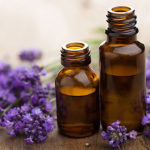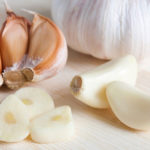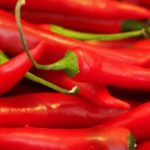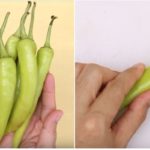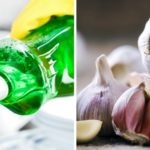Rice is an indispensable year-round food source for every family, which is why it is often purchased in large quantities. However, if not stored properly, it can become susceptible to pests such as moths and insects. Read on to discover some effective methods to keep your rice pest-free.
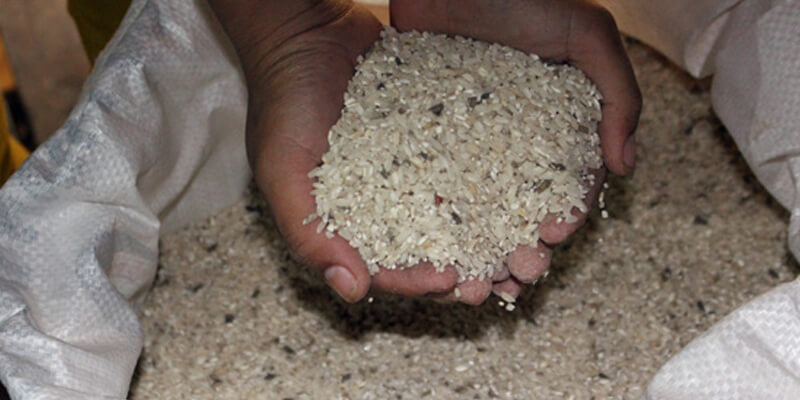 Keep Rice Pest-Free with These Tips
Keep Rice Pest-Free with These Tips
So, how can we prevent these pests from invading our rice supply? Let’s explore and implement the following methods.
1 Understanding Pests and Their Impact on Rice
Rice weevils are insects that infest cereals such as wheat, rice, and corn, reducing their nutritional value and affecting their taste.
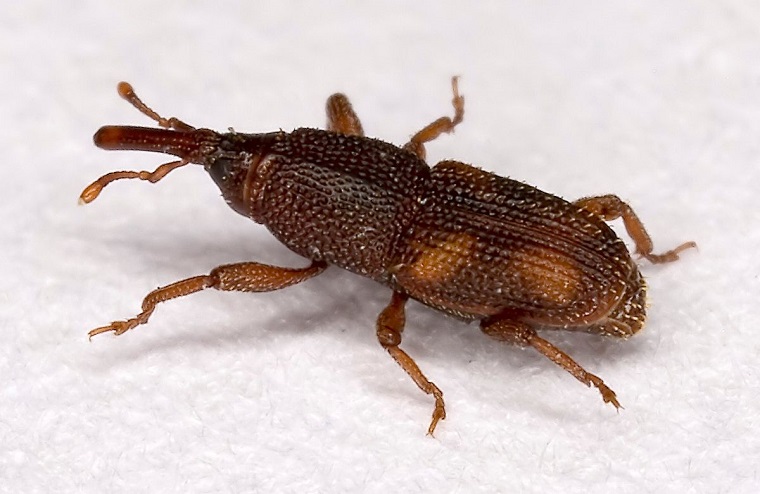
Contrary to popular belief, rice does not attract pests simply by being stored for a long time. In fact, rice weevils are often present in the rice we purchase. They remain dormant until given time to hatch and emerge from the rice grains, which is when we notice their presence.
Cooking infested rice by boiling or steaming does not affect its nutritional value if the larvae have not yet hatched. However, once the weevils have emerged and fed on the rice, both the quality and flavor of the grains are significantly diminished.
Buy high-quality rice from our selection:
2 Methods to Prevent Pest Infestation in Rice
Using Garlic
Garlic is an effective repellent against pests like moths and insects. By placing garlic cloves in your rice container, you can inhibit pest attacks and their proliferation, ensuring your rice remains clean and safe for consumption over an extended period.
In addition to pest control, garlic also helps maintain the quality of the rice.
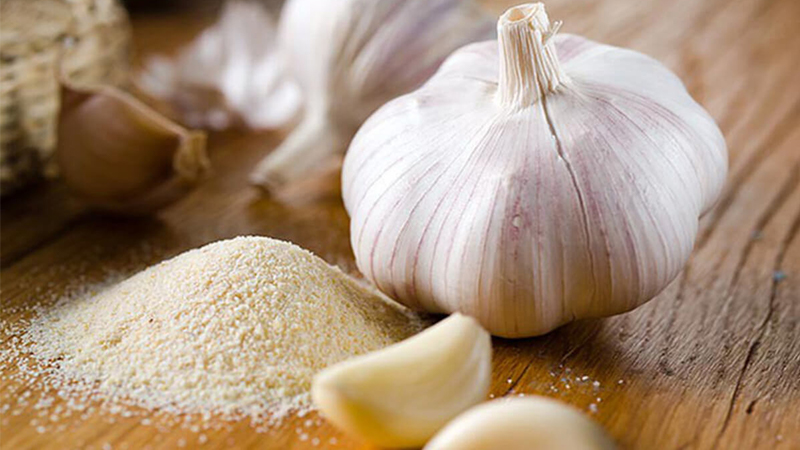
Instructions:
Start by transferring your rice to a plastic container or a large bucket with a lid. Peel and place a few garlic cloves on top of the rice, adjusting the amount according to the size of your container.
Once the garlic is in place, securely close the lid.
Using Chili Peppers
Chili peppers are not just a flavor enhancer in our meals; they also serve as a powerful repellent against pests in rice. The pungent smell of chili peppers will deter the pests, encouraging them to leave your rice alone.

Instructions:
Cut a chili pepper in half, remove the seeds, and place it inside your rice container.
Using Salt
Similar to garlic, salt acts as a natural repellent against pests in rice. When consumed by the pests, the salty taste will repel them, encouraging them to leave.

Instructions:
Sprinkle a small amount of salt evenly over your rice container. Be careful not to overuse salt, as it can make the rice taste salty and promote moisture retention, creating an ideal environment for pest proliferation.
Storing Rice in the Refrigerator
Another effective method to preserve your rice is to store it in the refrigerator.

Instructions:
Maintain a temperature below 15°C in your refrigerator. You can store rice for approximately 4 to 5 days before transferring it to your regular rice container.
According to Japanese nutrition experts, this method can eliminate and prevent pest infestations. However, due to limited refrigerator space in most households, it is recommended to divide the rice into smaller portions before storing it in the fridge.
Rice is highly absorbent, so it’s crucial to store it in a cool, dry place. Avoid exposing rice to direct sunlight or high humidity, as these conditions can negatively impact its quality, flavor, and nutritional content.
This method is also applicable to other cereals and spices in your kitchen.
Using a Dedicated Rice Container
Investing in a specialized rice container offers several benefits. It saves space in your kitchen and allows you to measure the exact amount of rice needed for each meal, ensuring a healthy and balanced diet for your family.
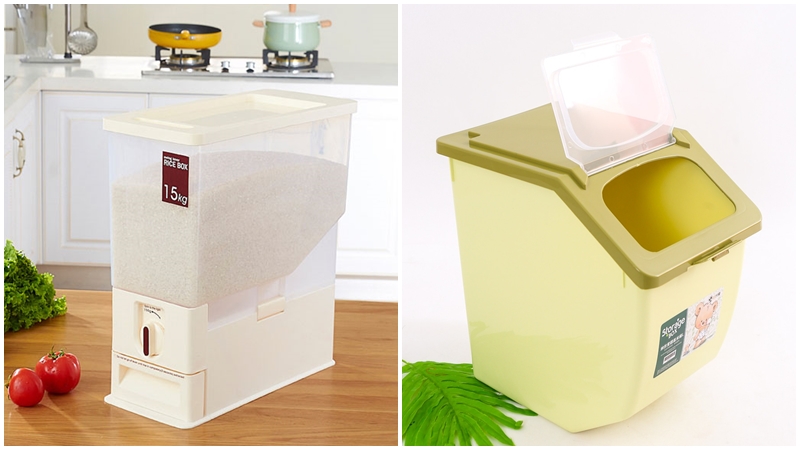
Choose a rice container with a capacity suitable for your family’s needs. Place it in a dry and well-ventilated area, away from heat sources such as microwaves and ovens.
Storing Rice in Plastic Bags or Bottles
This method effectively shields your rice from pests, dust, and other insects, ensuring hygiene and safety.

Instructions:
Use completely dry plastic bags or bottles to store your rice. Any moisture inside the container can lead to mold and bacterial growth, causing further damage.
After filling the bag or bottle, seal it tightly and store it in a dry place.
3 What to Do If Your Rice Is Infested
In the unfortunate event of discovering pests in your rice, avoid exposing the rice to direct sunlight. The pests will seek shelter from the light, and the rice may lose moisture and become dry and brittle, rendering it unusable for cooking.

Instead, gently sift the rice to remove the pests and then spread it out in a cool, shaded area to allow the remaining pests to escape.
4 Common Causes of Pest Infestation in Rice
Storing rice in direct sunlight or areas with high humidity can negatively impact its quality and may even render it unusable for cooking.

Another often overlooked cause is failing to thoroughly dry the rice container before refilling it. This creates an ideal environment for pests to thrive.
5 Optimal Rice Storage Period
When purchasing rice, it’s best to buy a quantity sufficient for a maximum of two months. Avoid stockpiling large amounts for extended periods.
During the fall season, rice can be stored for up to a month, while in summer, the storage period is reduced to two weeks.
In conclusion, we have explored effective rice storage methods and pest management strategies. Remember to regularly clean your rice containers and ensure they are completely dry before refilling them. By following these tips, you can maintain the quality of your rice and safeguard your family’s health.
Check out our selection of premium rice varieties, including fragrant rice, glutinous rice, and brown rice, available at our online store.
How to Effectively Treat Fishbone Issues at Home
Everyone loves feasting on the deliciousness of fish during the holidays. But, unfortunately, choking on fish bones is an unavoidable issue that may lead to devastating consequences if left unattended for a prolonged period. Let’s see how Dien May Xanh can help us out when fish bones get stuck in our throat.
Quickly Make an Effective Cockroach Killer with Garlic and Dishwashing Liquid
Are you fed up with pesky cockroaches and their foul odor? Learn how to use garlic and dishwashing water to get rid of them with this effective extermination hack!
























